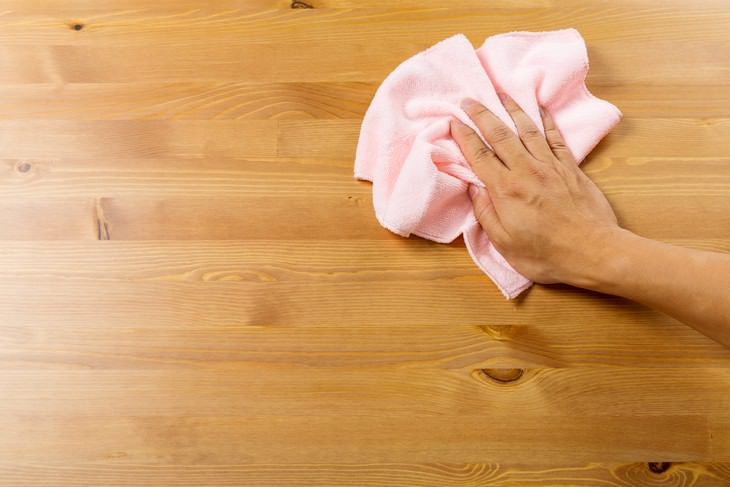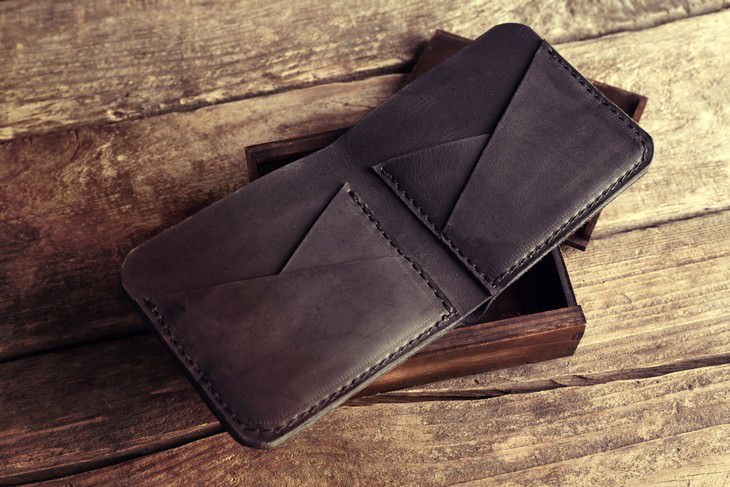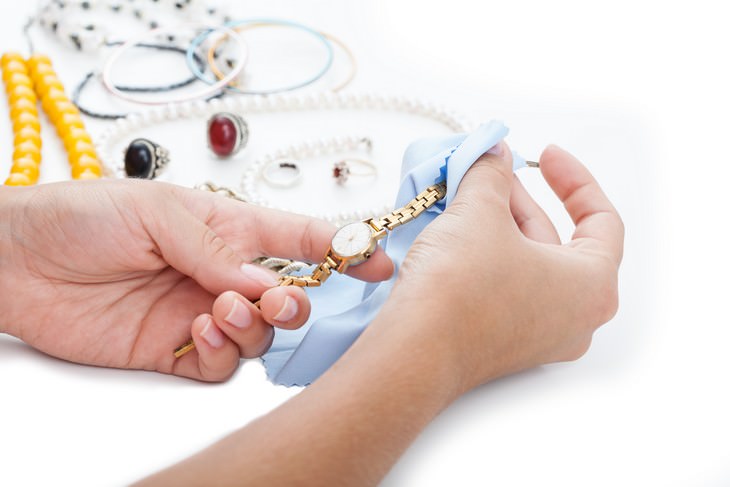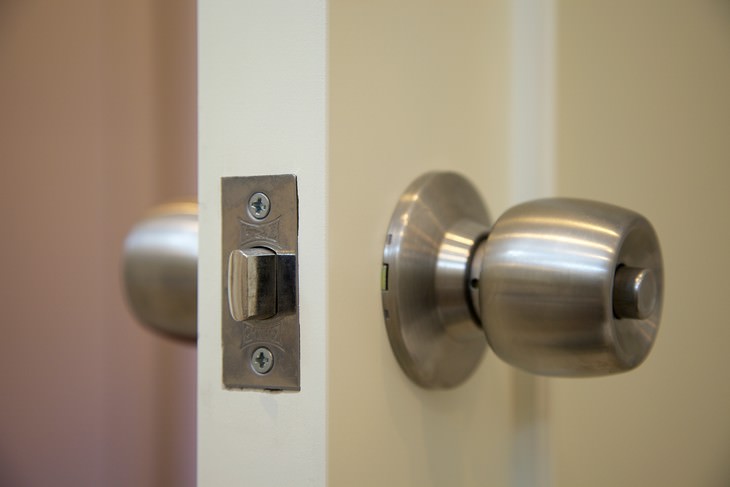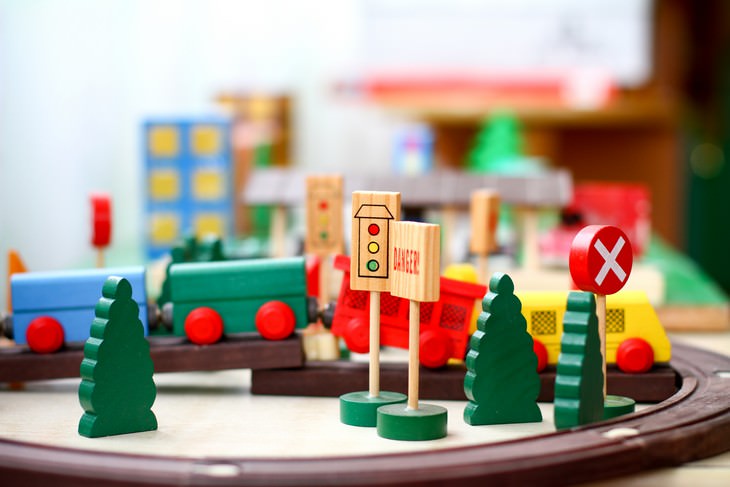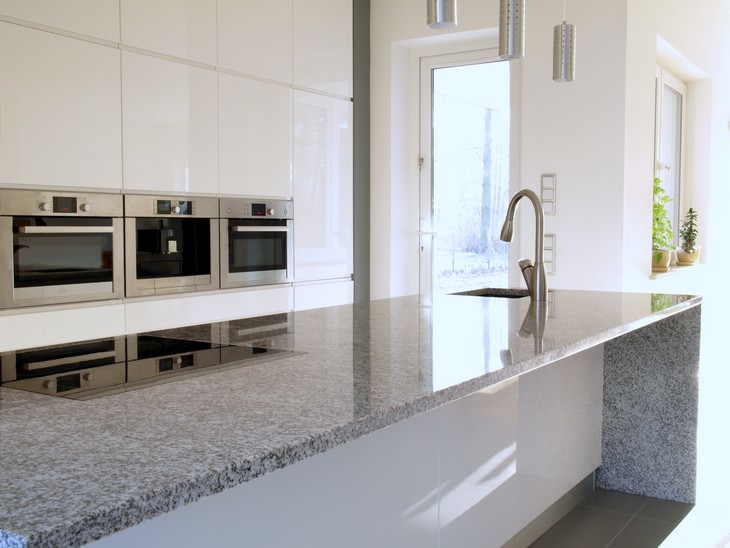The Covid-19 pandemic has made us invest more time than ever into cleaning, sanitizing, and disinfecting. If you wonder what the difference between disinfecting and sanitizing is, this is the answer according to the CDC: “Sanitizing lowers the number of germs on surfaces or objects to a safe level, as judged by public health standards or requirements. This process works by either cleaning or disinfecting surfaces or objects to lower the risk of spreading infection.”
Disinfecting, on the other hand, “works by using chemicals to kill germs on surfaces or objects. This process does not necessarily clean dirty surfaces or remove germs, but by killing germs on a surface after cleaning, it can further lower the risk of spreading infection”.
It is important to know that while hygiene is extremely important at times like these, some of your belongings should not be disinfected the same way everything else is, as it might cause serious damage. To avoid stress caused by ruining a treasured item, we have compiled a list of the things you should treat with special care as you try to keep them as clean as possible.
1. Cell Phones
Cell phones are notorious for being one of the dirtiest things we own, as the great majority of us carry them everywhere. The natural tendency for many people would be to disinfect their phones regularly, especially with the coronavirus pandemic going on. However, it is important that you pay attention to the way you do it, as too much moisture can damage your phone.
Instead of using any old disinfecting wipes, Apple’s recommendation is to use spray 70% isopropyl alcohol onto a microfiber cloth before rubbing down the screen and avoid ports. Let the phone air dry for 2-5 minutes, then wipe down with a paper towel or microfiber cloth once again. Repeat those same steps on the phone case separately and you’re set.
2. Wooden Surfaces
Cleaning wood surfaces is always a tricky job. Sanitizing wipes are particularly dangerous, as untreated wood surfaces can absorb the disinfectant liquid, which might result in untreatable stains. Moreover, the harsh chemicals found in bleach and alcohol can strip the finish of wooden floors and furniture.
So what can be done instead, to ensure your wood surfaces are germ-free? The gentlest way would be to add a drop of dish soap to a water-moistured cotton ball. Test the method on a less visible part of the wooden surface, the inner part of a chair’s leg, for example. If the test area shows no evidence of damage, proceed to clean the entire surface.
Do not soak the surface, this is a common mistake. Instead, brush the surface lightly and don’t let the liquid linger for long - dry thoroughly. If you still prefer a more “aggressive” method, you may try mineral spirits, which should be harmless for wood. Do the test mentioned above on a hidden part of your furniture, just to be extra safe. If you don’t see any discoloration, proceed to wipe the furniture down with a clean cloth soaked in (but not dripping with) mineral spirits.
3. Leather Wallets
Similarly to your phone, your wallet is an object prone to be exposed to bacteria and other germs, so cleaning it regularly during the COVID-19 pandemic is important. But beware, a high concentration of alcohol might cause discoloration and other irreversible damage to your leather wallet.
According to leather experts, cleaning your wallet with alcohol is okay, as long as you do it correctly. The recommended way is to mix 70% alcohol solution in distilled water, and gently rub the leather surface. Afterward, absorb any excess liquid using a dry piece of wool or cotton. Finally, let your wallet air-dry in an open and well-ventilated place (but never in the sun!).
4. Jewelry
Delicate jewelry, metal pieces, and gemstones cannot handle bleach, ammonia, and abrasive chemicals in general. Using warm soapy water is absolutely effective, and will not ruin precious items. However, if you have beaded jewelry, strung on leather or thread, experts advise avoiding any liquids at all. Wiping down this kind of jewelry with a soft, dry lint-free cloth will do the trick.
4. Door Handles
We are not saying door handles should not be cleaned often and well. They definitely do, being one of the most frequently touched surfaces in the house. However, you should be mindful of the way you do it. Cleaning products that contain abrasive chemicals, like bleach or chlorides, can damage common hardware materials, like stainless steel, brass, and copper.
The recommendations vary depending on the material. For solid brass or coated doorknobs, for example, it’s best to use just warm soapy water or mineral spirits. Honestly, as much as we would like to give you a more straightforward tip, the best thing to do is check the manual for your specific type of hardware for instructions on what not to use and what natural solutions will be effective.
6. Children's Toys
When you clean a surface with antibacterial wipes, what you don’t see is the chemicals that are left on the surface after you’re finished. If you are cleaning the toys of a small child, it’s best to avoid chemical products as kids have a tendency to put toys in their mouths.
A great non-toxic method you can use instead is vinegar and water. Add half a cup of vinegar to a gallon of water and wipe down the toys with the solution. If a toy is waterproof, you should soak it in the solution for at least 15 minutes to kill the bacteria. Afterward, rinse it thoroughly (until it doesn’t smell of vinegar) and let it air-dry.
7. Granite Countertops
The kitchen is probably the room that gets cleaned the most, as people cook significantly more these days, as well as bring in groceries from the outside. One thing you should be cautious about is your countertop - specifically if it’s made of granite or marble. Antibacterial wipes or all-purpose cleaners might eat away at the polish, and make the surfaces seem dull or scratched.
For granite countertops, avoid bleach, Windex, or Lysol products. Instead, you can use dish soap, warm water, and baking soda. Those materials are just as effective as store-bought chemical cleaners but much milder and safer for such fragile surfaces.


